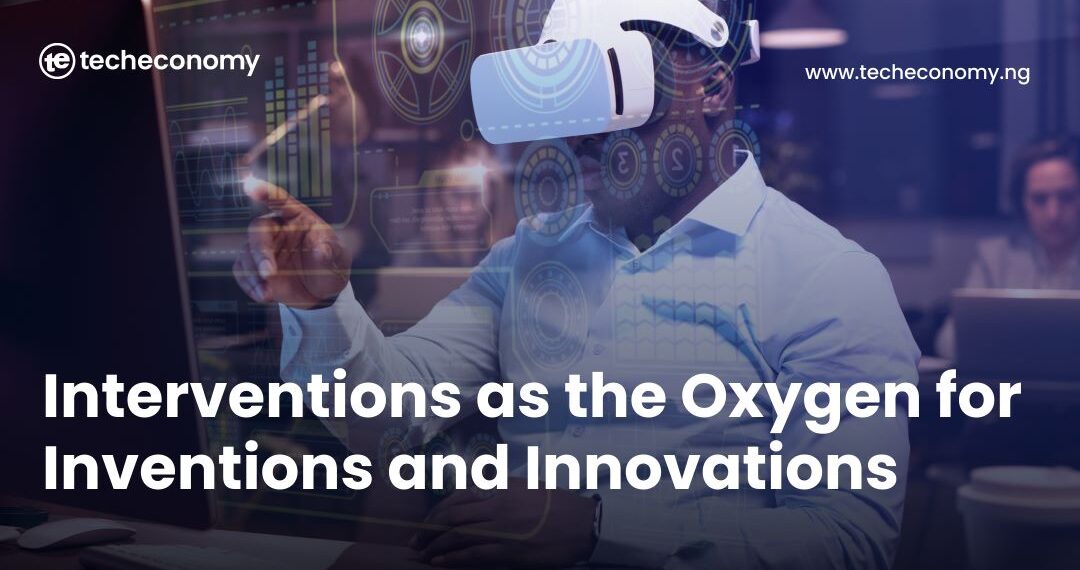Rapid technological advancements, the quest for sustainable solutions, and a complex relationship exist between intervention, invention, and innovation, having become a solid driver behind global progress.
This synergy, encompassing the essence of human creativity and strategic intervention, forms the backbone of stimulating initiatives across various domains.
Interventions, whether on a local or international scale, are essential in shaping the trajectory of societies. According to a report by the World Bank, targeted interventions in healthcare have resulted in substantial improvements in global health outcomes. Over the last decade, the implementation of health interventions has contributed to a significant reduction in maternal and child mortality rates across various regions.
The Gates Foundation, a notable player in global interventions, has committed over $50 billion to address pressing issues such as infectious diseases, malnutrition, and poverty. Through strategic interventions, organisations like the Gates Foundation are actively reshaping the global sphere, laying the groundwork for subsequent stages of development.
On the other hand, inventions, born out of human ingenuity, is a tangible evidence of our capacity to solve complex problems. The field of medicine, in particular, has witnessed remarkable inventions that have revolutionized healthcare. The advent of vaccines, such as the mRNA-based COVID-19 vaccines, showcases the power of inventive solutions in combating global health crises.
According to data from the World Intellectual Property Organisation (WIPO), the number of patent applications worldwide has been steadily increasing, with a notable surge in innovations related to artificial intelligence, renewable energy, and biotechnology. This surge in patent filings reflects a global commitment to harnessing inventive ideas as catalysts for sustainable development.
Meanwhile, innovation, the process of transforming inventions into practical solutions, serves as a linchpin for economic growth. The Global Innovation Index (GII) ranks countries based on their innovation capabilities, considering factors such as research and development investments, infrastructure, and market sophistication. In 2022, Switzerland, Sweden, and the United States topped the GII, highlighting the correlation between innovation and economic prosperity.
One notable example is the ongoing digital revolution, where technological innovations are reshaping industries and economies. According to a report by McKinsey, the adoption of digital technologies could contribute up to $2.3 trillion to Africa’s GDP by 2030, illustrating the power of innovation in emerging economies.
Where Intervention, Invention, and Innovation Converge
The convergence of intervention, invention, and innovation forms a powerful nexus that drives holistic progress. The Bill and Melinda Gates Foundation’s Grand Challenges initiative exemplifies this synergy, combining targeted interventions, groundbreaking inventions, and innovative solutions to address global health challenges. Initiatives like these showcase the potential for coordinated efforts to yield sustainable and impactful results.
Again, the role of governments in fostering this nexus cannot be overstated. Strategic policymaking, investment in research and development, and creating an enabling environment for entrepreneurs and inventors are essential components of a thriving innovation ecosystem.
In conclusion, the marriage between intervention, invention, and innovation is a dynamic facilitator of societies’ progress. Targeted health interventions, inventions and the life-changing power of innovation, among others, are pushing for a future where human creativity and strategic thinking are shaping the world in commendable ways. It is through this marriage that we unlock the doors to progress, resilience, and a brighter future for all.






